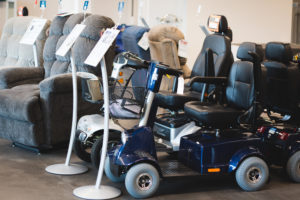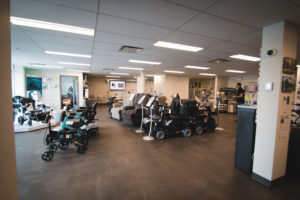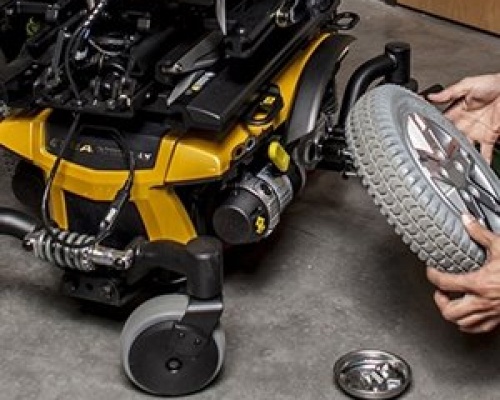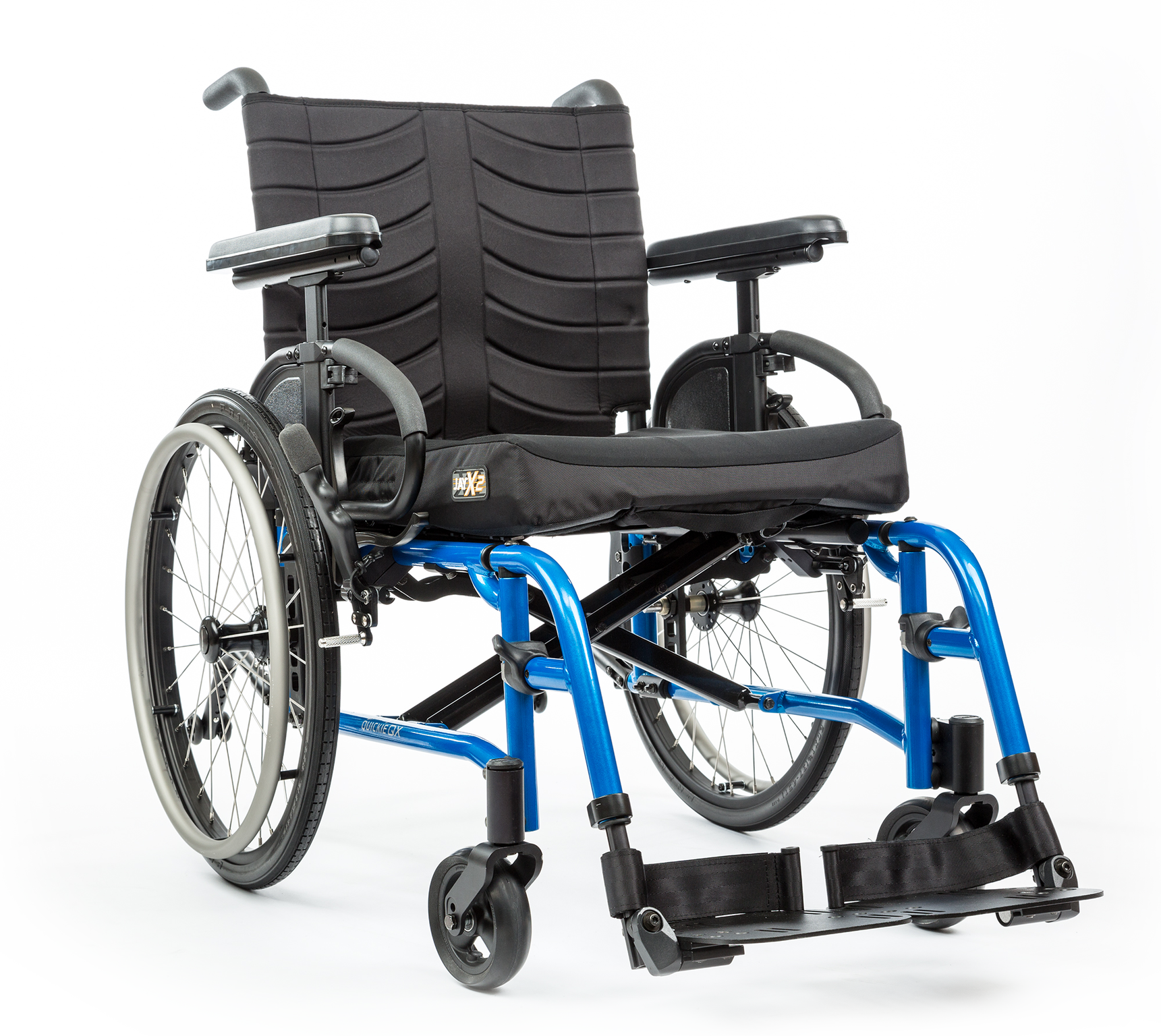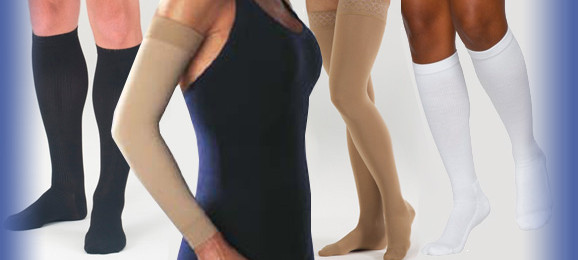
Compression therapy is the use of garments or bandages to help manage blood flow in the limbs. It is said to be the most important component in the treatment of venous disorders and lymphedema.
Compression garments are found in several different forms such as stockings, sleeves, and socks that come in varying degrees of compression and style. Depending on your preference, you could opt for anything from the thermo-regulating Sigvaris All-Season Wool 240 to their Sea Island Cotton 220 model, made from the world’s rarest cotton.
The advantages of compression therapy for seniors are enormous, and understanding the entirety of the process is beneficial in making sure you understand how it may help you, a loved one, or a patient, age in place.
Compression Therapy for Seniors: Understanding How It Works
To understand how compression therapy works in venous disorders, it is first important to have a basic understanding of the anatomy of the anatomical systems in the areas where the therapy is used. As you might have guessed, there are several factors that regulate the return of blood to the heart from the limbs.
Muscle Pumps
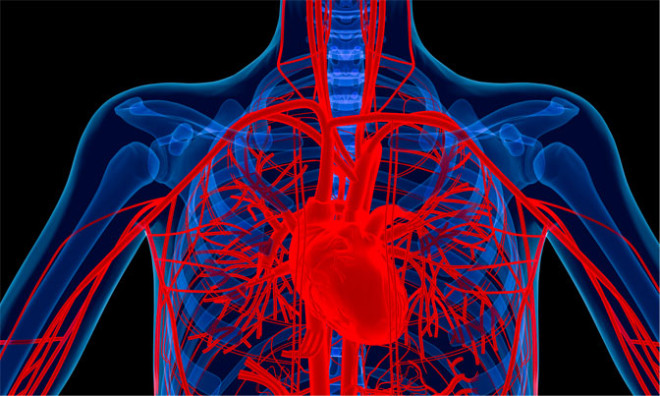
When lying down, it is significantly easier for the blood to flow back to the heart. However, when in a standing or sitting position, gravity must be overcome in order to complete the cycle. In a healthy individual, the muscles surrounding the veins act as pumps in order to fulfill this role. For instance, in the leg, muscles in the foot, calf, and thigh contract with movement to force blood upwards through the veins. Therefore, good circulation from the limbs is heavily dependent on the ability to cause the necessary contractions in the muscles acting as pumps. Deteriorating muscles, limited mobility, or an abnormal gait may all contribute to the decreased functionality of circulation.
Veins and Valves
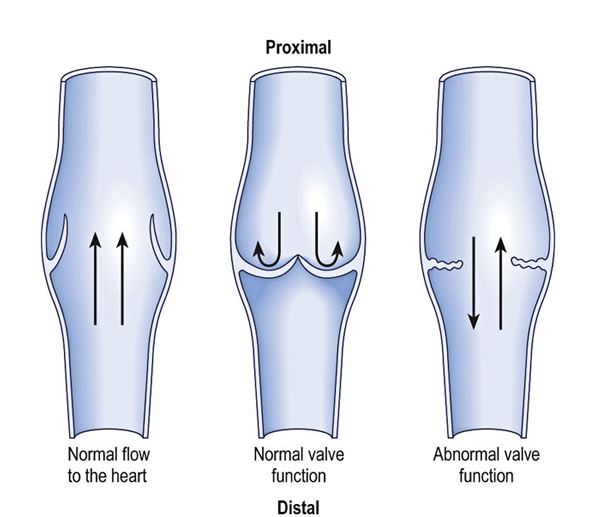
In addition to muscles, the veins transporting the blood play a vital role in circulating blood around the body. In particular, valves located in the veins prevent reflux or the backflow of blood into the limbs. When the muscle contracts, the blood flow forces the valves open to pass. When the muscle relaxes, gravity pulls the blood back towards the valve which causes it to close and prevents blood from moving down any further. However, when the valves do not close properly, the dynamic is compromised and the blood is allowed to pool in lower sections of the vein. This pooling of blood in the limbs is called Chronic Venous Insufficiency and is popularly prevented as well as treated with compression garments.
Affect on Blood Flow
Compression therapy works using gradient compression, or compression that is greatest at the ankle and decreases as it moves up the limb. By using gradient compression, the direction of blood flow is respected and encouraged to move towards the heart. The pressure provided by compression garments gives the muscles less room to expand as they contract.
The internal pressure that is created by this is distributed throughout the area. In turn, the major veins are reduced in diameter, driving the blood flow towards the heart. By using compression garments, blood circulation is improved from home, reducing complications that would normally make aging in place more problematic.
Compression therapy also helps to reduce swelling by forcing excess fluid that has collected in the tissue to return to the capillaries and helping to prevent future leakage. Unlike some treatments that require close observation and care, the intimate relationship between the compression garments and muscles means that the most important factors in treatment, exercise and movement, are controlled by the patient.
Swelling Regulation
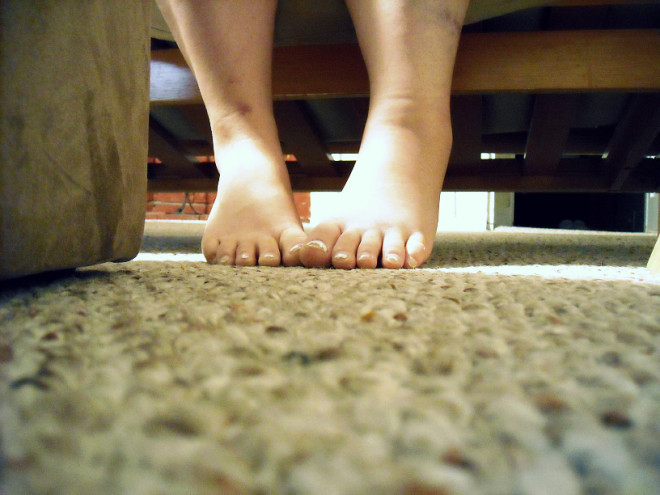
Image courtesy of Flickr.
Another common use of compression garments is for the treatment of swelling in the limbs. One of the most common causes of this is lymphedema, a condition in which fluid is retained in the soft body tissue of one or more of the limbs.
The retention is caused by damage to the lymphatic system, which normally aids in the return of lymph fluid to the blood stream. Symptoms of lymphedema include swelling, a feeling of heaviness or tightness in the area, discomfort, hardening of the skin, and restricted motion. While there is currently no cure for lymphedema, it can be managed with proper compression therapy.
Compression garments for seniors can be used as a preventative measure in at-risk individuals or as early onset management. In these cases, the garments discourage future obstacles in health, an important strategy in home healthcare. However, the most common use of compression garments is in long-term management of the condition.
The process of draining excess lymph fluid from swollen limbs is much the same as the effect of compression in venous disorders. The pressure provided from the garment leads to the opening of initial lymphatics, vessels that conduct lymph throughout the body.
The valves in these vessels provide a one-directional flow, directing the excess lymph fluid out of the targeted area. With the excess fluid moving out of the swollen area, the lymphatic system is then able to properly transport it to the heart.
Finding the Right Compression Garments for Seniors

In order to experience the advantages of compression therapy, it is important to find the right product and use it appropriately. Ideal compression therapy will not constrict movement, but instead be comfortable enough to encourage it. Products like the Bauerfeind Mirco series promote this by providing soft seamless material that is almost unnoticeable when worn. Comfort is also important as it is crucial to wear the compression garment throughout the day, only removing it when lying down.
In addition to this, it is imperative to find a compression garment that fits the user correctly. A garment that is too loose will not have the appropriate effect, while a garment that is too tight could cause further damage. Fortunately, unlike compression bandages that require expert dressing, compression garments are built for easy self-application, providing the proper support in all the right places.
The Benefits
Compression therapy is a popular treatment in a number of disorders to improve blood flow and reduce swelling, including varicose veins, deep vein thrombosis, diabetes, lymphedema, and even pregnancy. Compression therapy makes living at home, not only more simple, but more comfortable as other it is also proven to have a variety of benefits, such as:
- Improved appearance of the limb
- Decreased symptoms of depression
- Better sleep habits
- Increased activity levels
The many benefits of compression therapy make it an ideal option for a good portion of the population. Armed with the knowledge of how it works and how to correctly profit from it is guaranteed to give the best possible advantage in its usage.
For more information on compression therapy and how it may help you, a loved one, or a patient age in place, feel free to contact us directly.
Tags:
compression garments compression therapy
